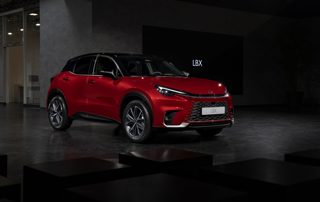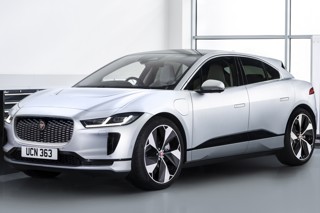Jaguar has again come second in US-based JD Power's assessment of the satisfaction (or otherwise) expressed by British owners of two-year-old S- and T-plated cars.
Last year, Jaguar was narrowly beaten by Subaru. This year, it was thrashed by Lexus which has been given a major fillip in its challenge to BMW (placed third, up from fifth), Mercedes-Benz and Jaguar.
For its eighth UK survey, JD Power changed the rules and Toyota/Lexus benefited. Toyota Motor took five of the top 10 model slots with the Lexus LS400 (first), GS300 (third) and IS200 (fifth), and Toyota Yaris (second) and Camry (10th). The Toyota Starlet (replaced by Yaris) was 15th.
Subaru and Skoda, which dominated a year ago, have slipped out of the limelight. So either the 2000 study, or this year's, would appear to lack validity.
Not so, according to Dave Sargent, JD Power's European operations director, who said: “The new study is better though that does not mean the old one was bad.”
Stuart McCullough, Lexus GB director, said: “It is absolutely remarkable that the entire Lexus range is to be found in the top five places of the most rigorous study of its type in the motor industry.
“But we are not complacent – it is a guide to those things we can do better. We are committed to building a strong partnership with the dealers who invest in our business.
Without their support, enthusiasm and level of service, these results could not have been achieved.”
Roger Putnam, Jaguar Cars sales and marketing director, said: “We are showing the consistency associated with the brand. The change of rules has not prevented us finishing in a high place again.”
Until last year, JD Power relied on the readers of Top Gear magazine to fill detailed questionnaires on their cars and provide data to be assessed. This time, the organisation had the assistance of the Driver and Vehicle Licensing Agency which produced a random selection of almost 100,000 drivers (98% of them retail buyers). JD Power was not given the names and addresses of the owners.
The new approach – and the increase in the volume of some specialist marques and models in the UK – led to the dramatic turnaround. Three Lexus models and the Porsche Boxster shot to fame. This year, 38 brands and 182 derivatives were included and Top Gear publishes a comprehensive assessment in its May issue.
The composition of the index was quality/reliability (40.6%), vehicle appeal (25.9%), ownership costs (17.7%) and service satisfaction (15.8%).
Mr Sargent said: “This year was the first when there were sufficient Lexus owners to make its appearance valid. The marque was head and shoulders above any other brand and has been top in our US study seven years in a row.
“In the UK, Lexus is mainly favoured by older drivers, though in America it is driven by younger people.
“Subaru was first for several years here, and its performance has not been worse this time. Changes to the study have been harder on Subaru than some other marques.
“We added more questions, and changed the way we asked them, with a reduced emphasis on ownership. There was more detail on measurements relating to appeal.
“This has led to the top of the rankings being dominated by expensive models, with the exception of Yaris.”
Mr Sargent said there was inevitably a shift in the ranking of brands and cars because of the new format. JD Power's policy was to wait several years and then make a big change, rather than to make minor adjustments every year.
The new format had led to volume manufacturers doing better. Market leader Ford was “pretty much average” but Vauxhall was making “some pretty big strides”.
In the late Nineties, Vauxhall placed full page ads in national newspapers to counter the harm caused by the brand's disastrous showing which it considered did not reflect users' views.


















Login to comment
Comments
No comments have been made yet.